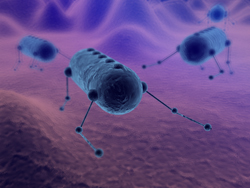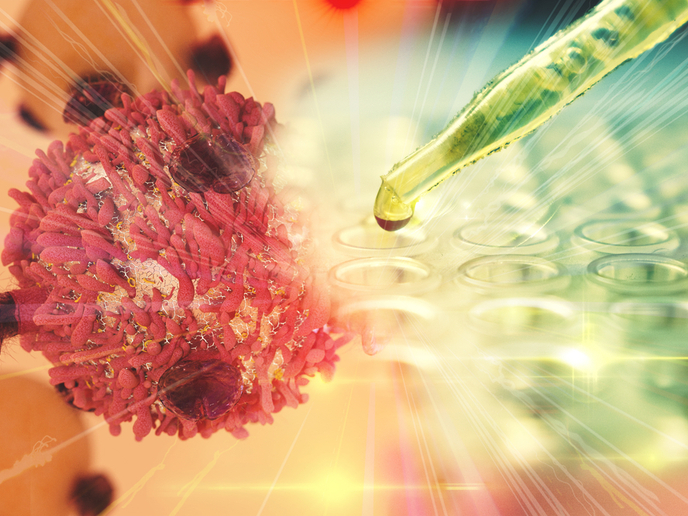Nano-'robots' to conquer tumour cells?
The root causes of diseases can often be found at the cellular level or a biomolecular level. Early diagnostics combined with early intervention on that nano-scale is a very promising field of modern medicine. One such application that holds much promise is the use of nano-particles to kill tumour cells through elevated temperatures, i.e. hyperthermia. This method is considered safer than others, such as chemotherapy, and is non-invasive, and ideal for small, non-defined tumours. The EU-funded project 'Biofunctionalised metal and magnetic nano-particles for targeted tumour therapy' (NANO3T) wants to create metal and magnetic nano-particles for targeted tumour therapy. It aims to develop well-designed instruments in combination with engineered inorganic nano-particles that generate heat and specifically target the tumour. The overall objective of this multidisciplinary project is to develop and explore various metal/magnetic nano-particles as agents for targeted tumour therapy. To achieve this, successful integration and convergence of different technologies at the nano-scale is indispensable. The project team is analysing various aspects of the therapeutic application of nano-particles. These aspects range from the nano-particles themselves to the instrumentation for their application, as well as toxicity and efficacy studies. To achieve its aims, NANO3T is thoroughly exploring and developing various metal and magnetic biofunctionalised nano-particles as agents for targeted tumour therapy. Biofunctionalisation is the process of adapting substances such as metals for safe use in the biomedical field. The team has already achieved the desired integration and convergence of different technologies at the nano-scale. It has successfully developed biofunctionalised nano-particles for hyperthermia. All proposed ligands (signalling molecules that bind to their targets) have been synthesised and tested. In addition, physical and chemical characterisation of the engineered nano-structures has been achieved. Toxicological and biological evaluations of the different nano-particles are underway, so is a study on the interaction of biological entities and nanostructures. NANO3T is also addressing the design of advanced instrumentation and devices that can be used for controlled hyperthermia treatment. However, a number of aspects of the original objectives may be difficult to reach with the knowledge available within the team. This includes, for example, the targeting of nano-particles in prostate tumours and pancreatic tumours among other challenges. While the project is confirming the basic concepts of hyperthermia through nano-particles, it may take a few more years to iron out all the variables. Nonetheless, the initial results are very promising and NANO3T is setting the stage for further exploitation and success in this promising area. If and when this novel treatment takes off, many types of cancer are likely to be much more treatable.







